Ramallah
Ramallah is the temporary capital of the partially recognized state of Palestine. The actual capital of Palestine is located in Jerusalem. The issue is that Jerusalem is also the capital of Israel.
Having two capitals in one city is a political absurdity, so the international community does not recognize either the Palestinian or Israeli viewpoint. Instead, it proposes dividing the city into two parts: the eastern part as the capital of Palestine and the western part as the capital of Israel. Just like Berlin during the years of Soviet occupation, but without a wall...
Bus number 19 departs from the eastern part of Jerusalem to Ramallah. The travel time is half an hour. There is only a 15-kilometer distance between the cities.
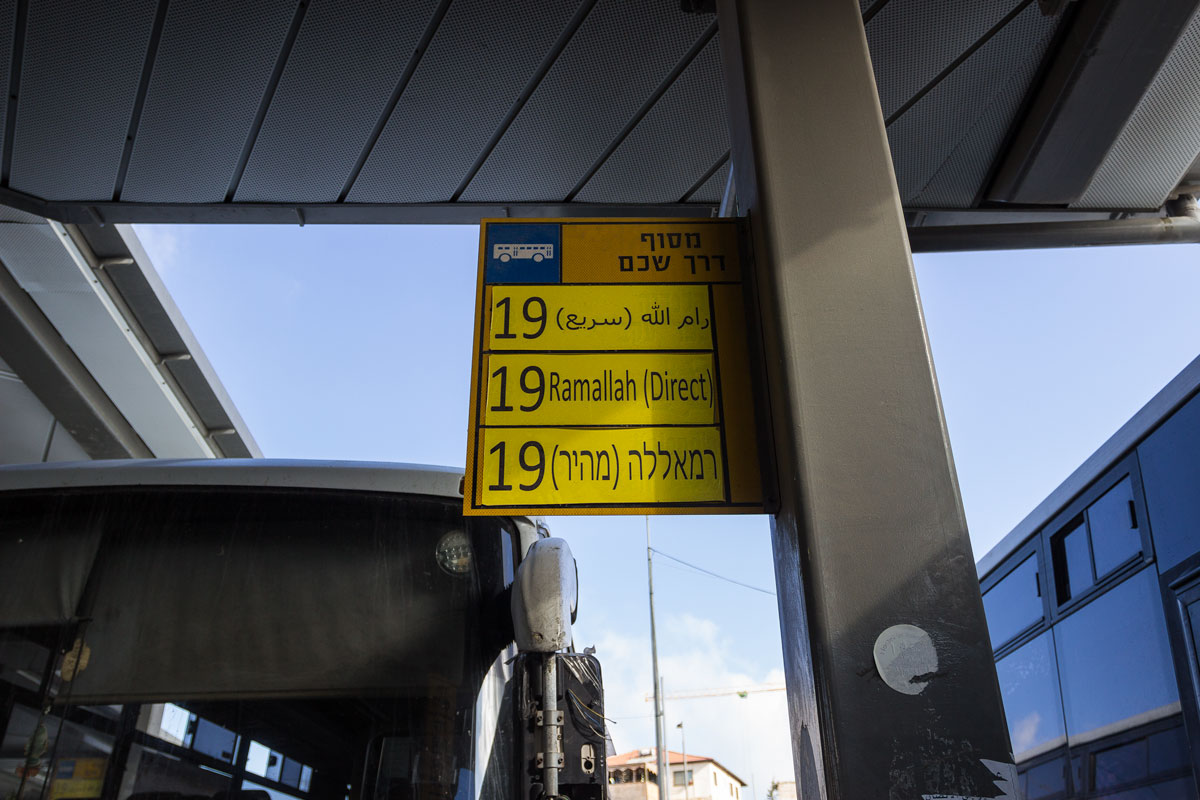
For most of the way, the bus follows a regular route. It’s only somewhere in the middle that it starts looping. Gradually, it becomes clear that the bus loops not just for no reason but to bypass a three-meter concrete wall that strangely cuts through fields and wastelands and even runs close to residential houses.
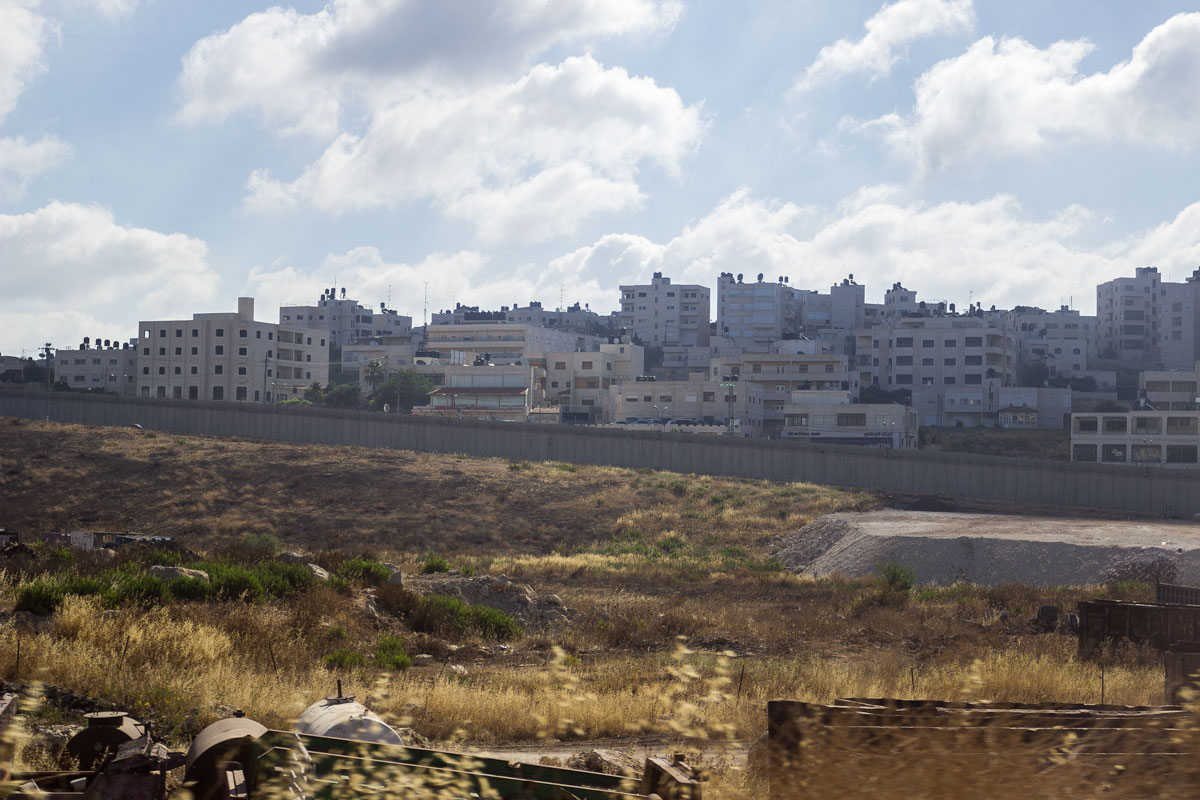
Gradually, the road approaches the wall, and now it can be observed very closely.
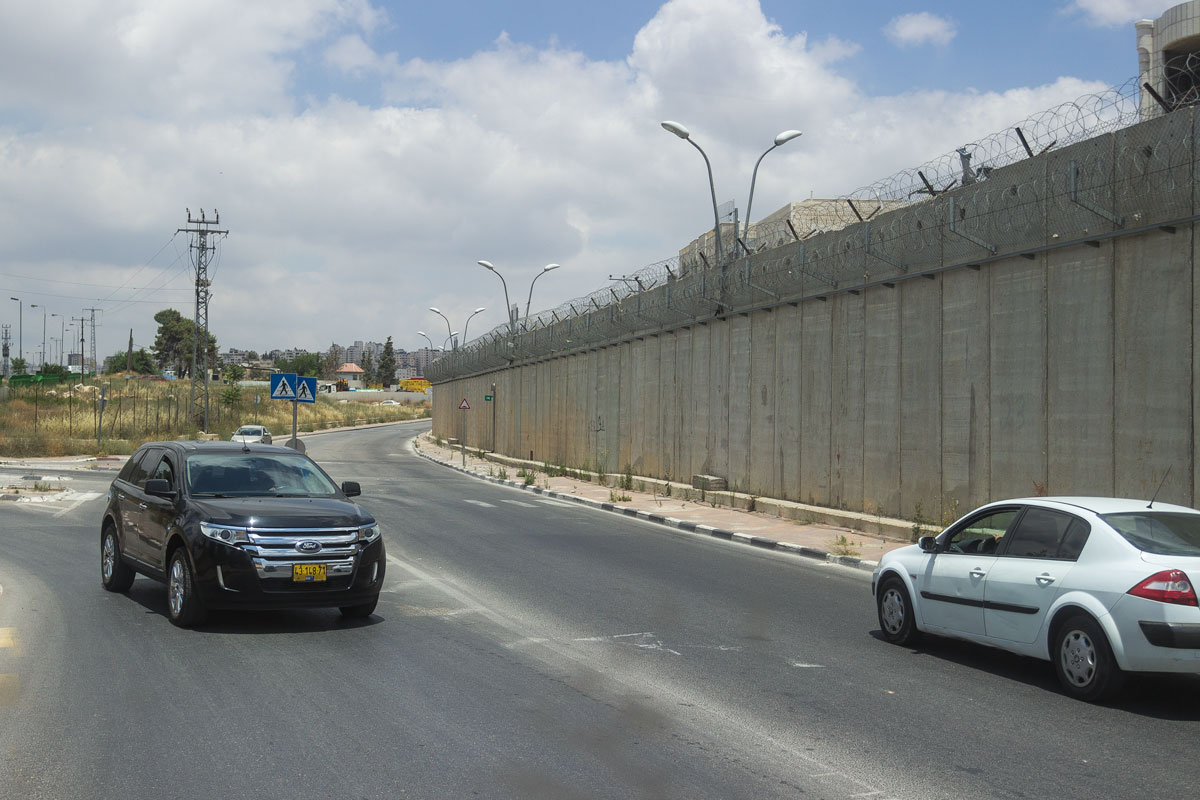
There are no checks upon entering the territory of Palestine: the bus seems to have not even stopped at the checkpoint. When you are here for the first time, without preparation or advice from acquaintances, you have no idea what to expect. It seems better to hide the camera in your bag and not draw attention until you reach the city.
The most interesting frames of the wall, covered in political graffiti from floor to ceiling, go unnoticed upon entry: you have to guess to turn your head and look back. Or get off at the stop before reaching the wall — but who would dare to do that for the first time? What if they start shooting?
The same situation occurs on the return journey. There is a stop near the wall where some suspicious Arabs get on and off. Surrounding are walls covered in graffiti that you dare to quietly film from the bus window.
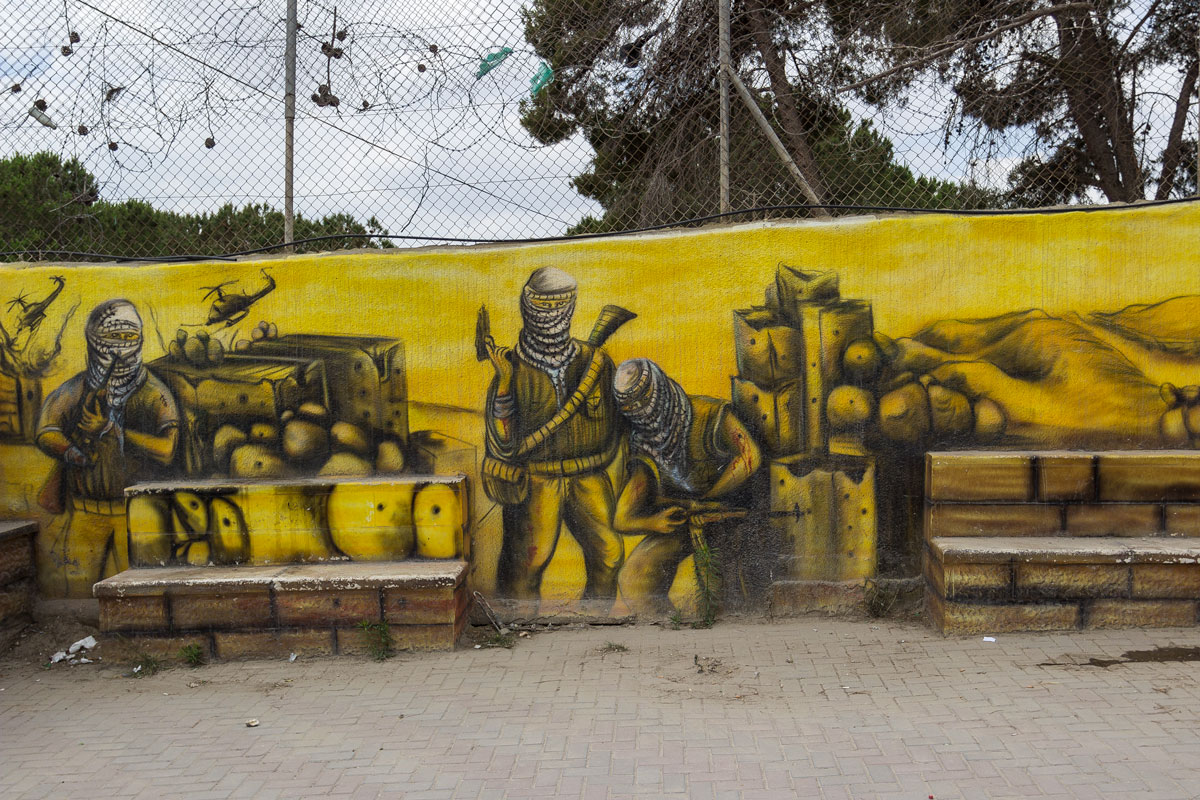
The impression is as if I ended up directly in the headquarters of terrorists.
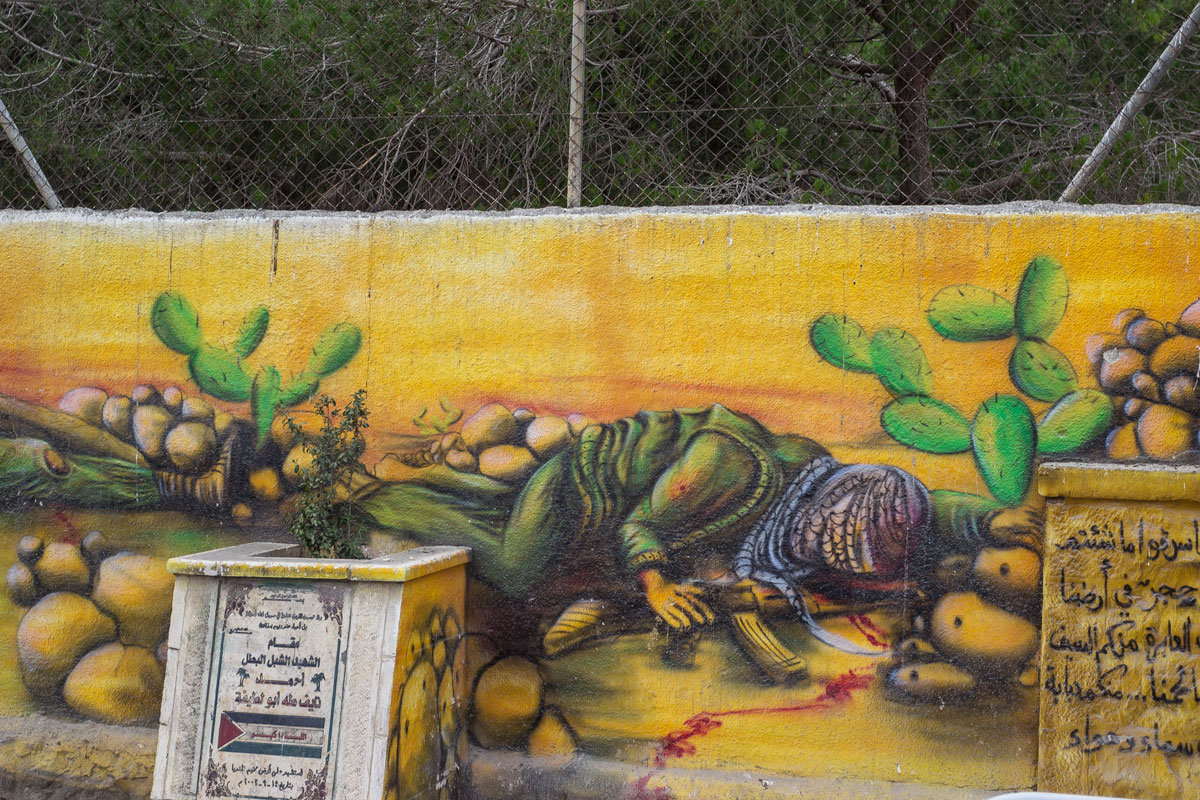
Bus stop. Who wants to get off?
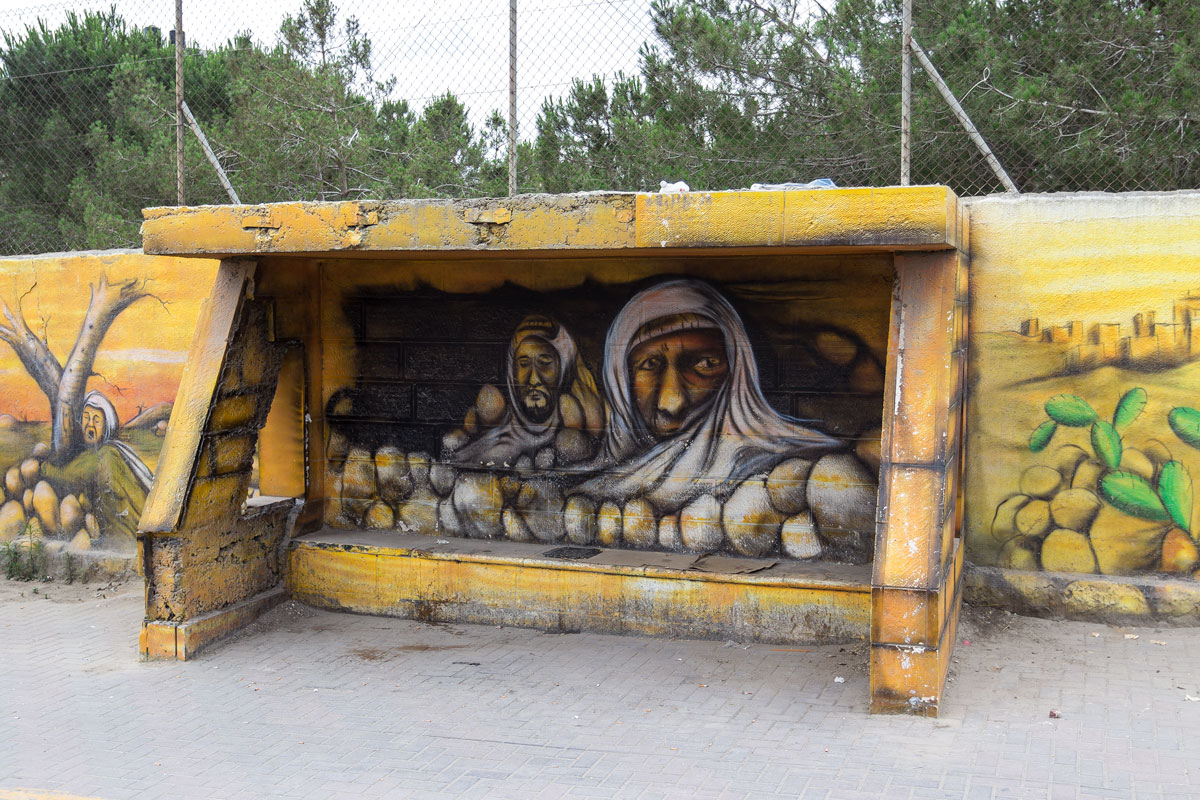
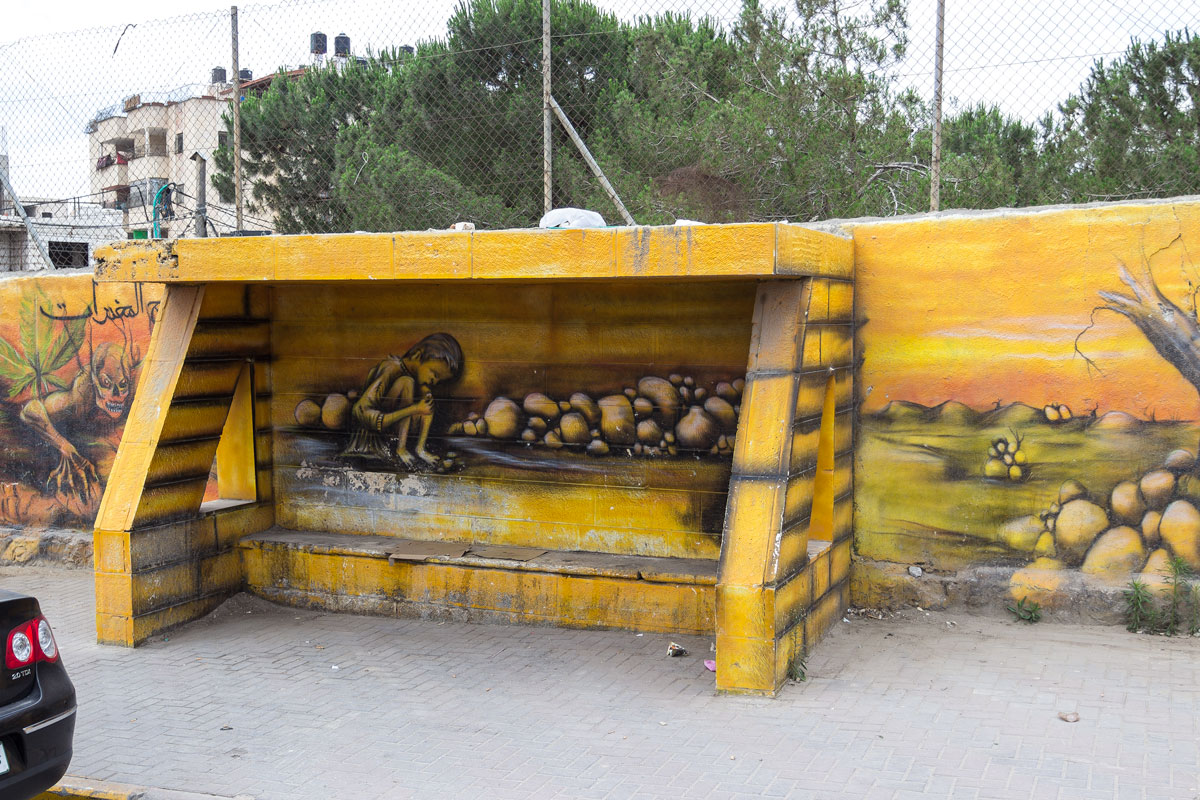
Eventually, the bus reaches the wall at the checkpoint, and recalling the trouble-free entry into Palestine, you dare to take one shot capturing this terrifying beauty.
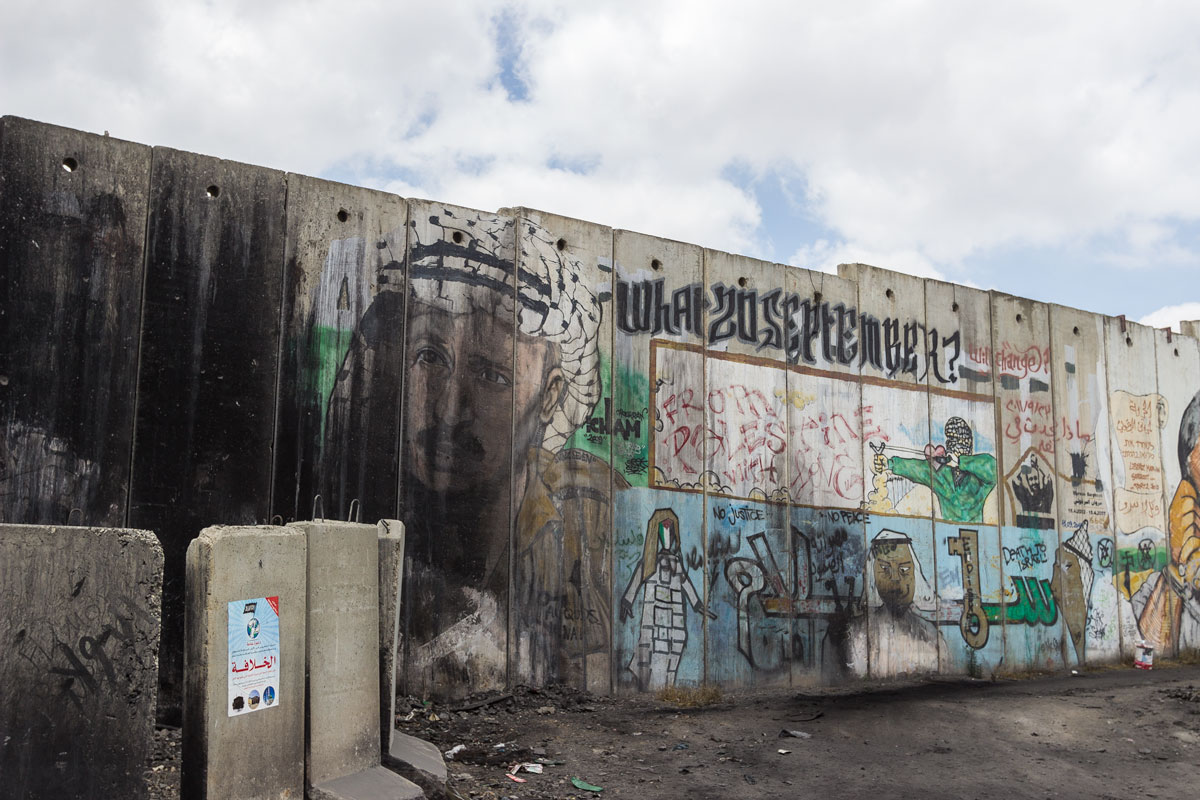
And immediately, you put away the camera in your bag because it seems that the security guard noticed you leaning out of the window. There he is, waving his hand at the bus to stop. About a dozen people in bulletproof vests and helmets appear, armed with M16 rifles. The bus stops, and the front doors open. In a hurry, you hide the camera deeper into your bag, covering it with a package and a cap, closing it with a zipper. You retrieve your passport and the separate sheet containing the Israeli visa from the inner pocket. Holding them facing up, you sit quietly.
A fully equipped soldier enters the bus, carrying a rifle that he doesn’t explicitly point at the passengers but keeps ready. Another soldier follows him and remains standing in the only doorway while the first one slowly starts to walk through the aisle, checking the documents of each Arab minibus passenger. Here come the first suspects: two women and one man are detained and quickly taken out of the bus. You start to worry: What did they find with them? Where will they take them now? What if they do the same to you, look at your photos of the wall, and arrest you?
The problems are inevitable. The soldier eventually reaches the end of the bus, where the author, sitting in the rearmost seats, presses against the seat, holding the passport and visa open, with a forced smile on their face. After a brief glance, the soldier wearily turns around and exits the bus without even looking at the documents.
As it turns out later, the issues with crossing the wall only arise for Jews and Arabs, not for foreigners. Palestine is divided into three zones with different rules for Palestinians and Israelis. For example, Israeli citizens are generally not allowed to be in Palestinian cities without a special permit, while Palestinians are only allowed to pass through Jewish territories.
Fortunately, tourists can freely travel throughout the unrecognized state, and Ramallah is a good place to start acquainting oneself with Palestine. It is now a completely peaceful city with embassies, police, good restaurants with polite waiters, and even business relations with Israeli partners.
Ramallah is greeted with a mild chaos.

The hallmark of any Arab city is garbage and commerce.
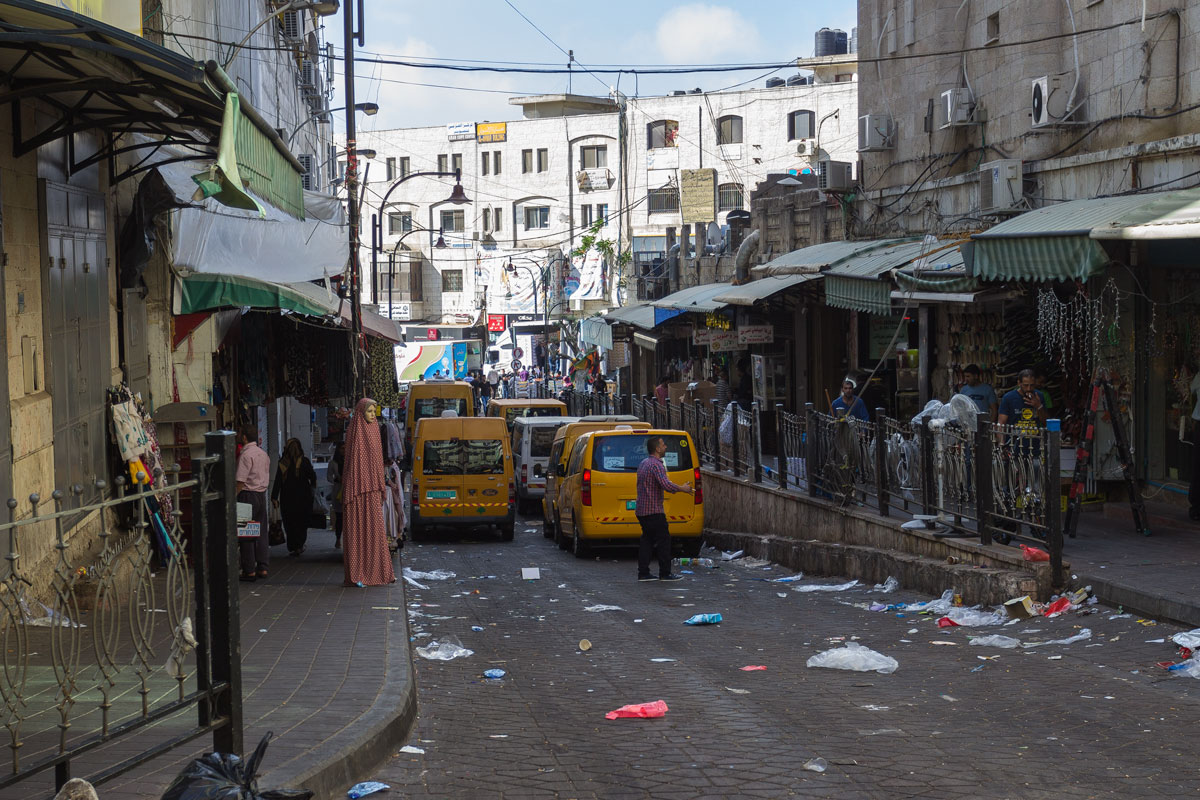
Street food: buns, coffee, cotton candy.

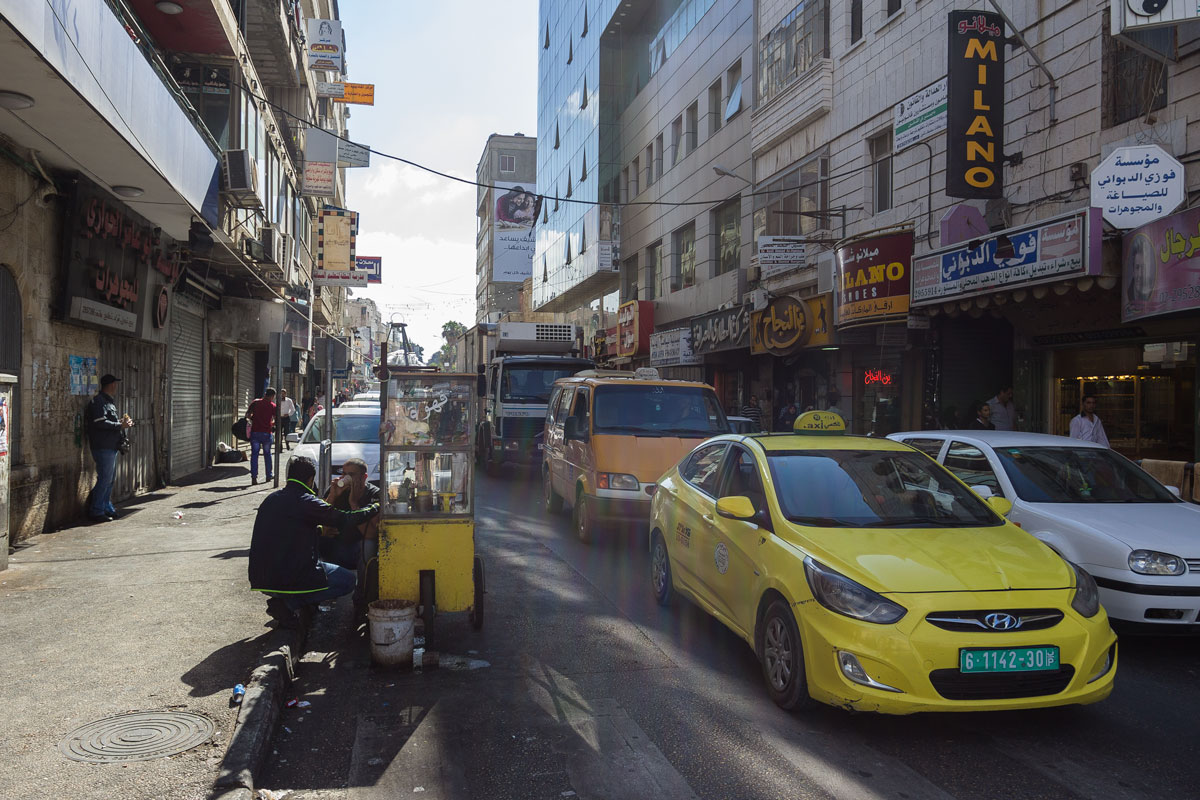
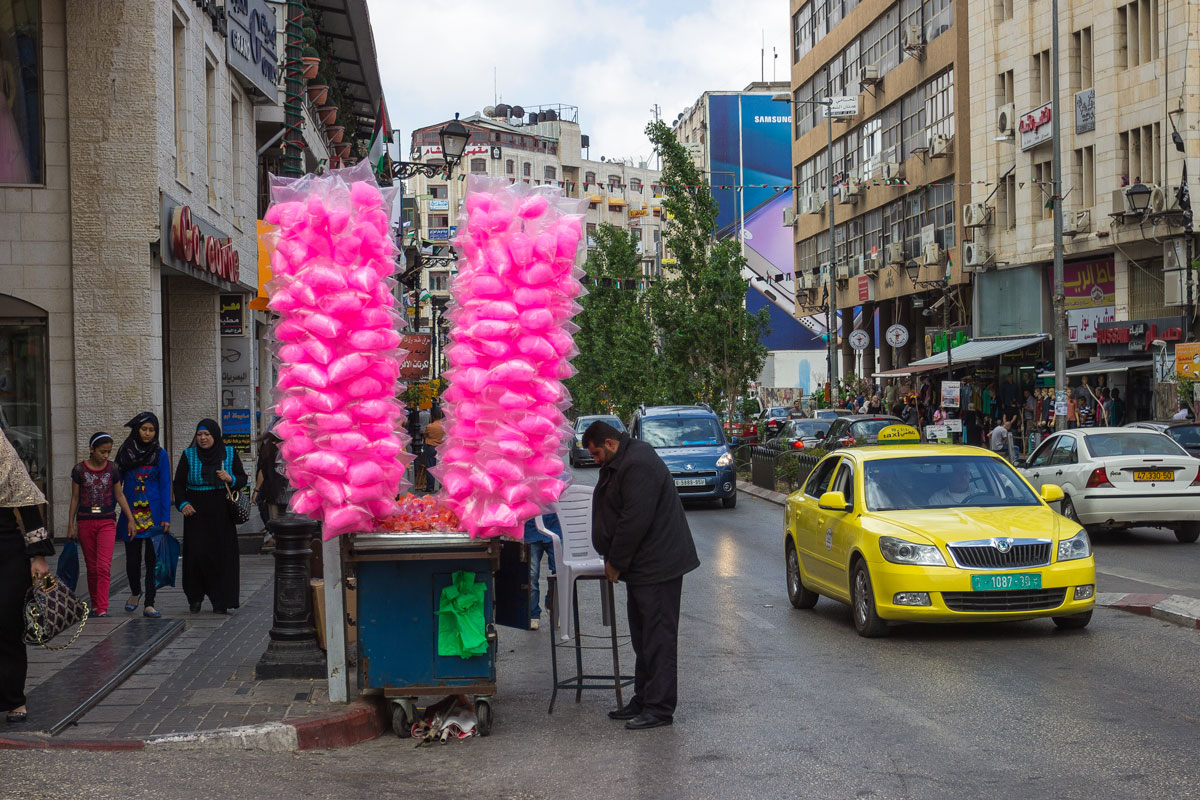
Fruits, vegetables.
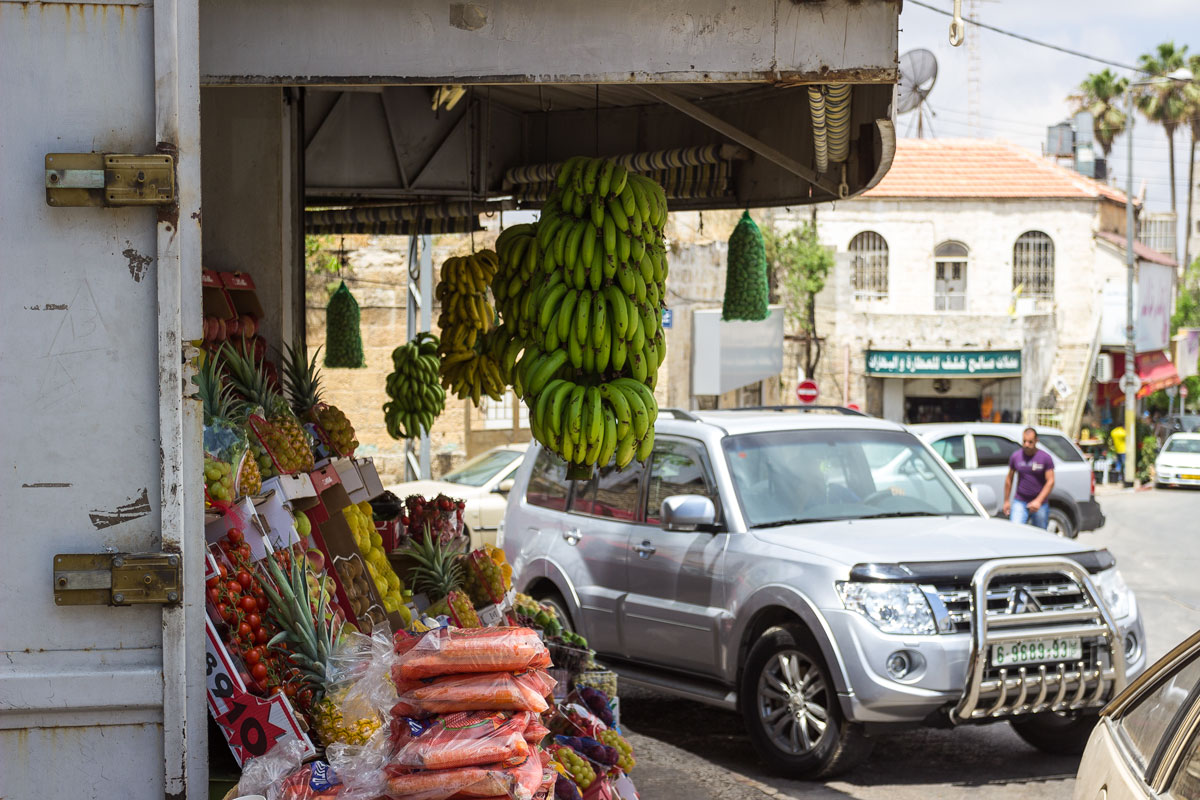
The main street of Ramallah is the dirtiest and busiest.

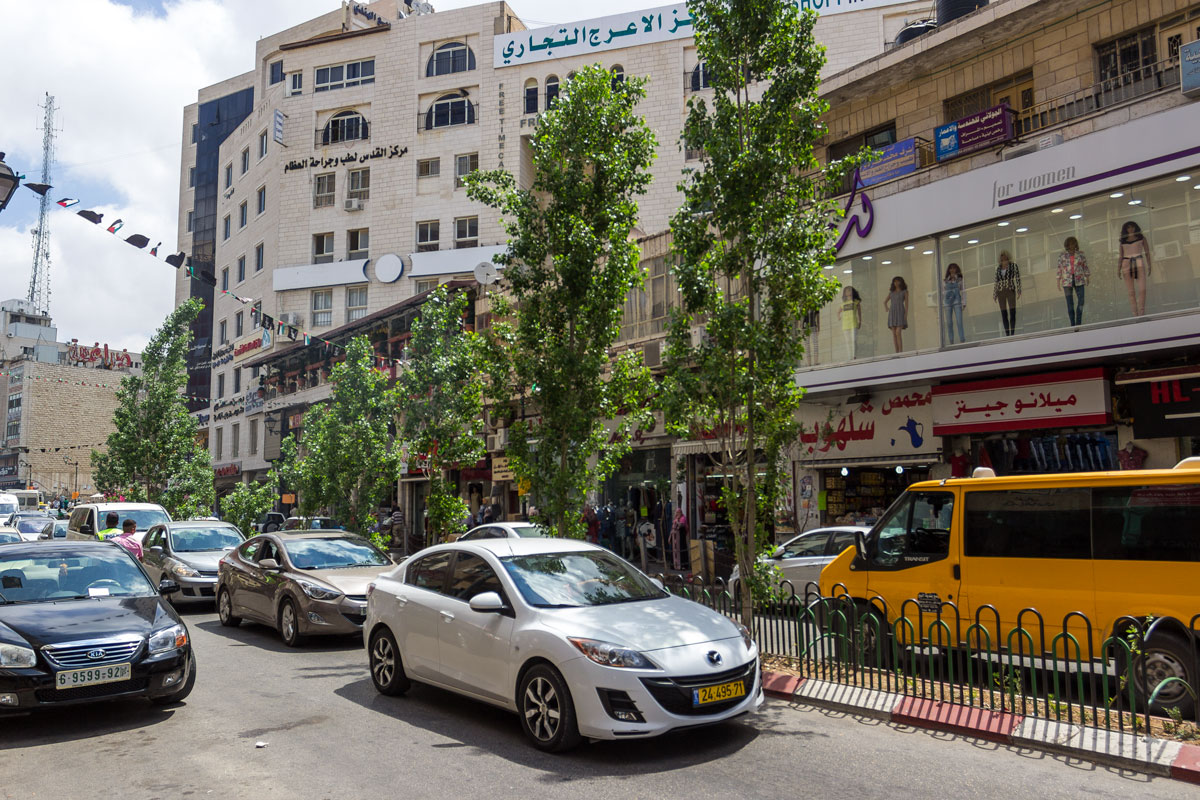
There are very few pedestrian crossings, even in the city center, but there are safety islands.
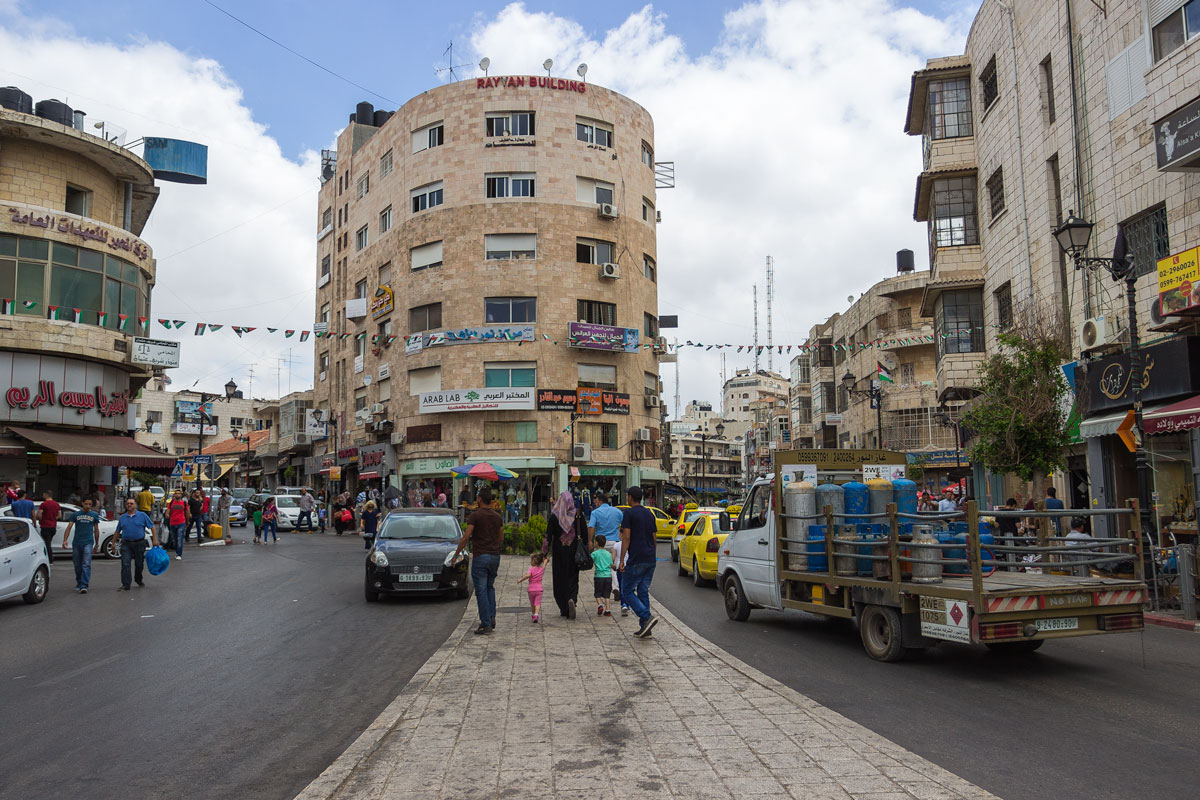
A typical Arab shopping center.

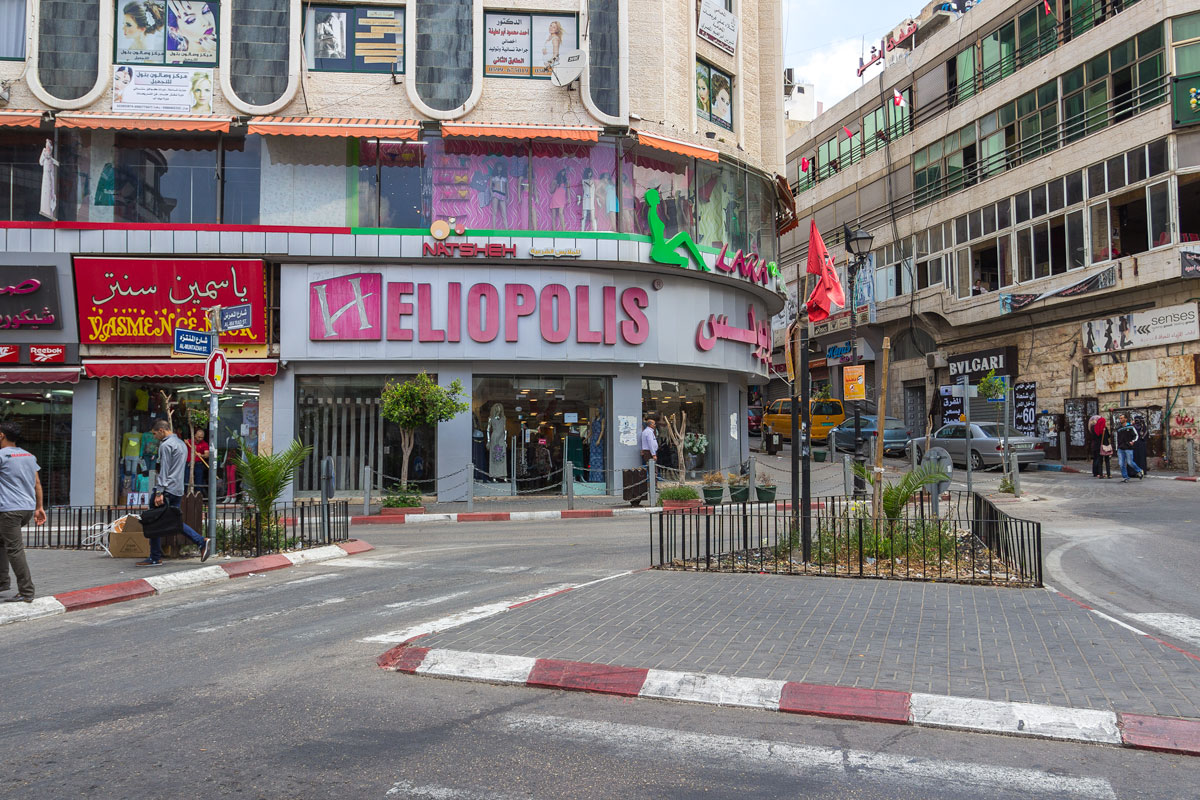
A typical Arab traffic jam.
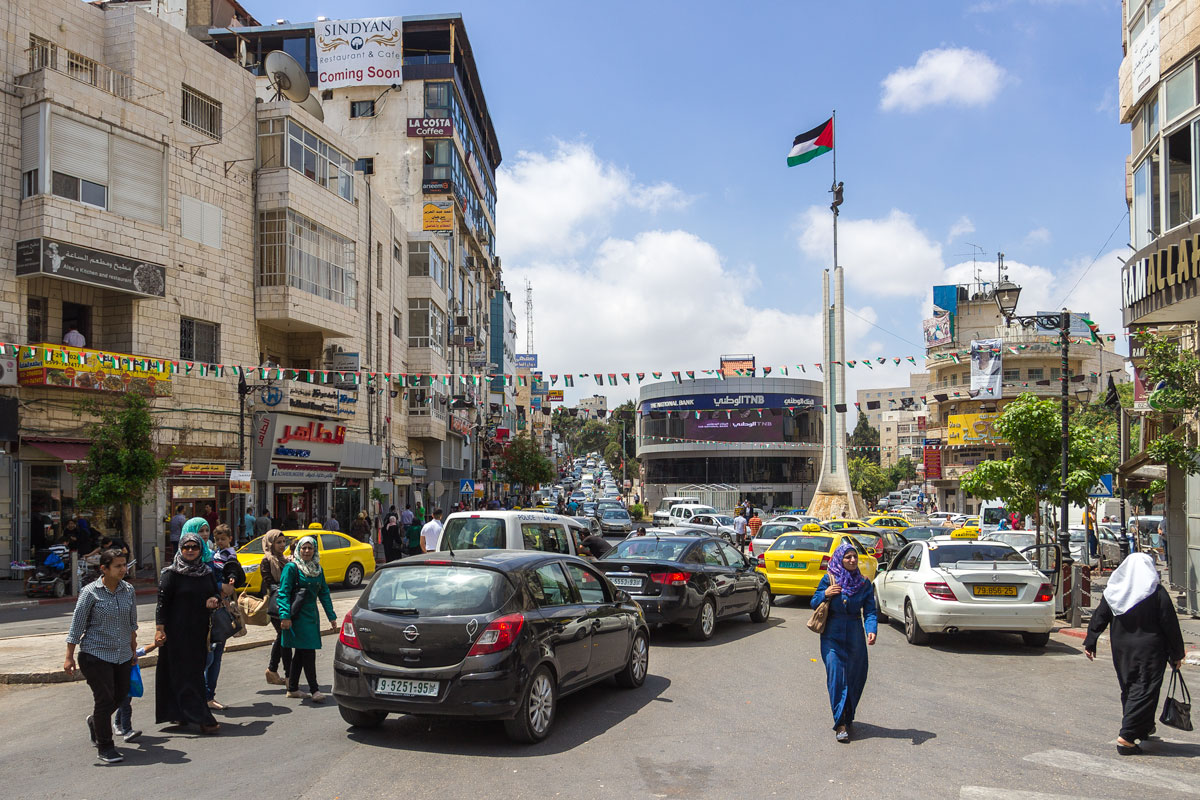
Typical Arab shops next to houses.
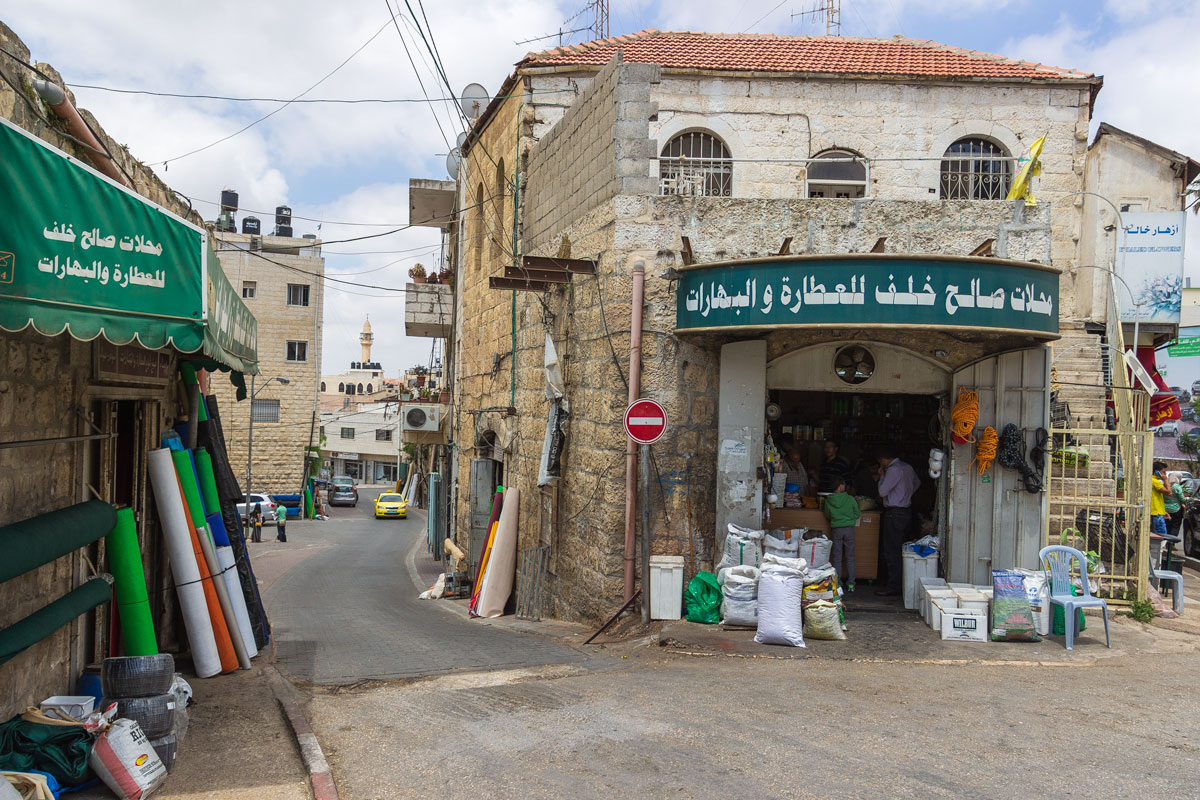

A typical Arab sidewalk.
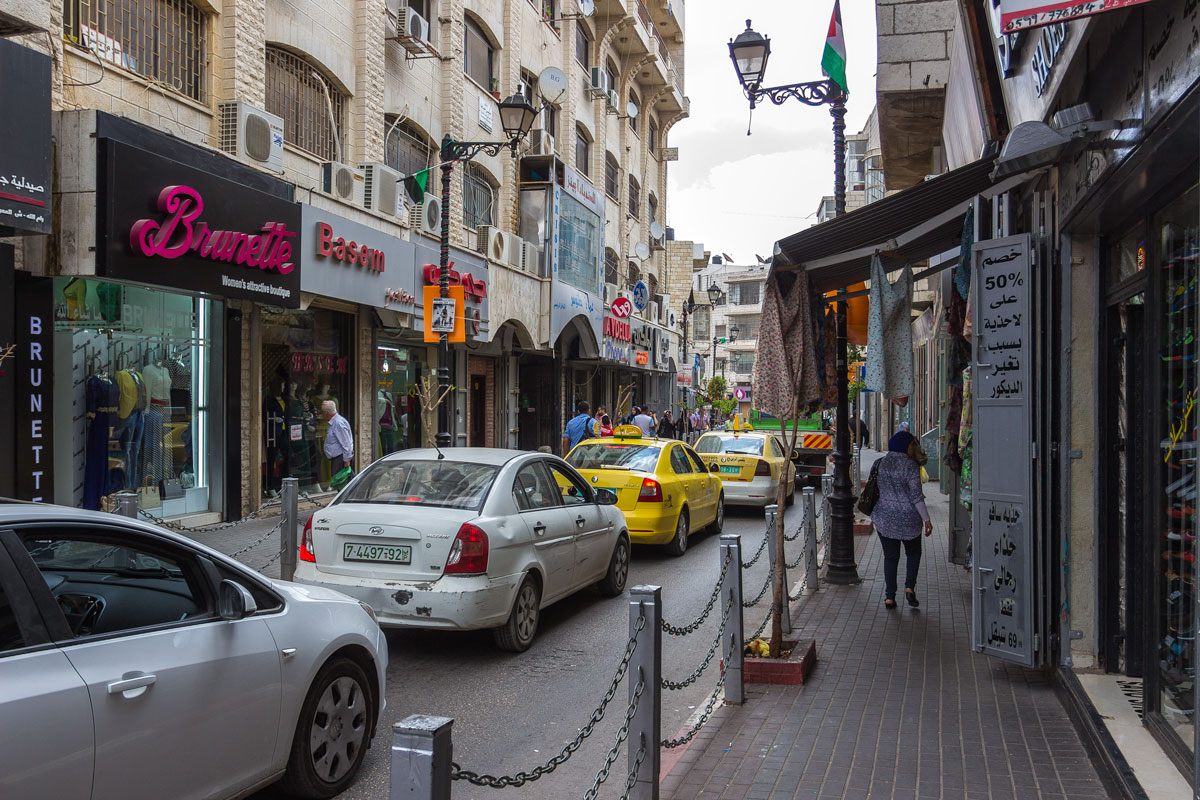
On the central square, there is a Palestinian flag, and a bronze figure hangs on the flagpole. The person installing it symbolizes the struggle for independence from Israel.
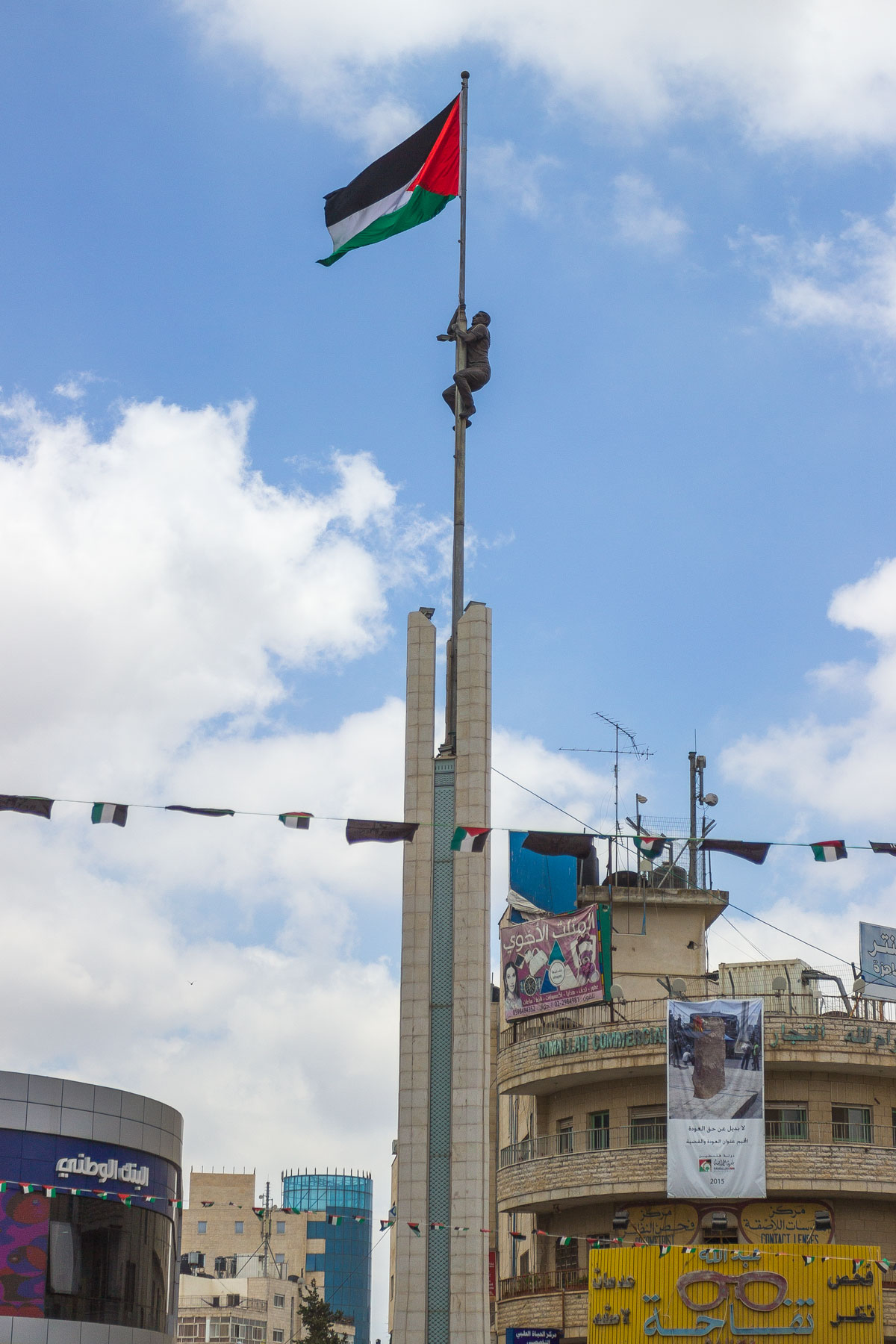
As soon as you step away from the city center, tidy streets begin.
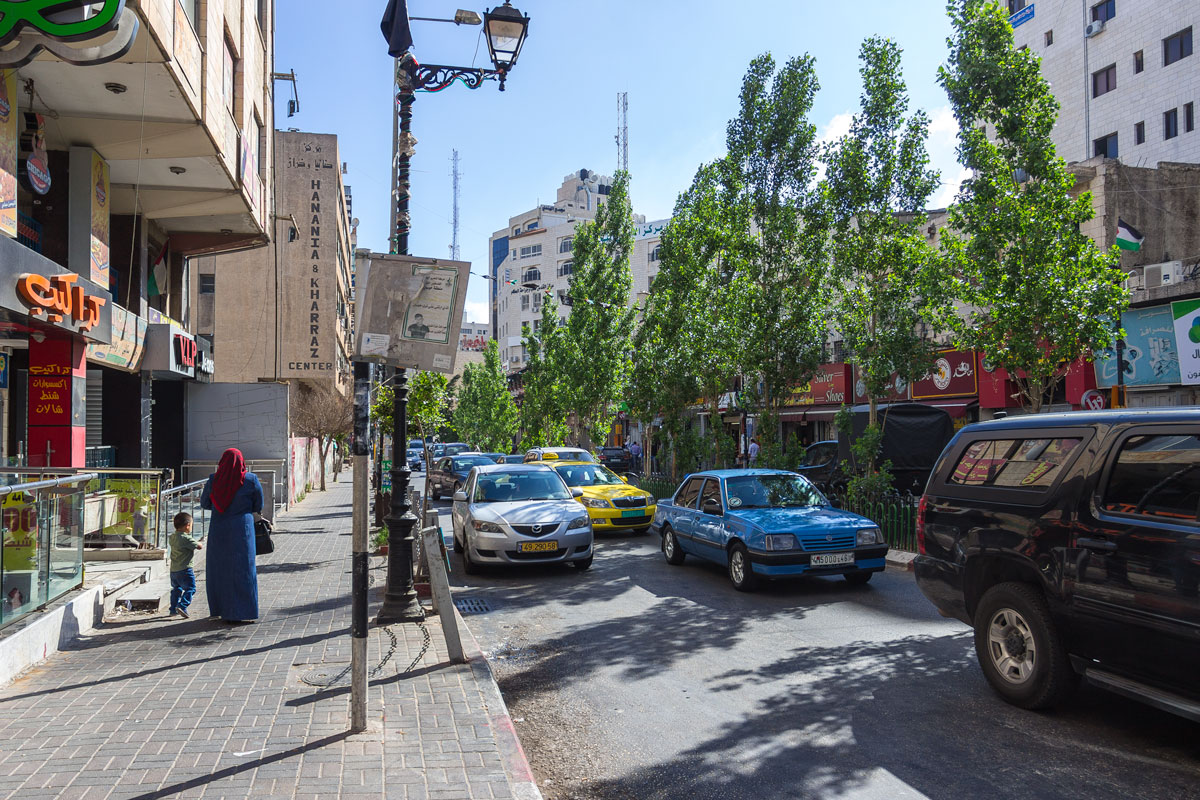
For example, in Ramallah, there is an upscale neighborhood. It seems that diplomats live here near the embassies, or perhaps just wealthy individuals.


In any case, the houses on this street are very nice.

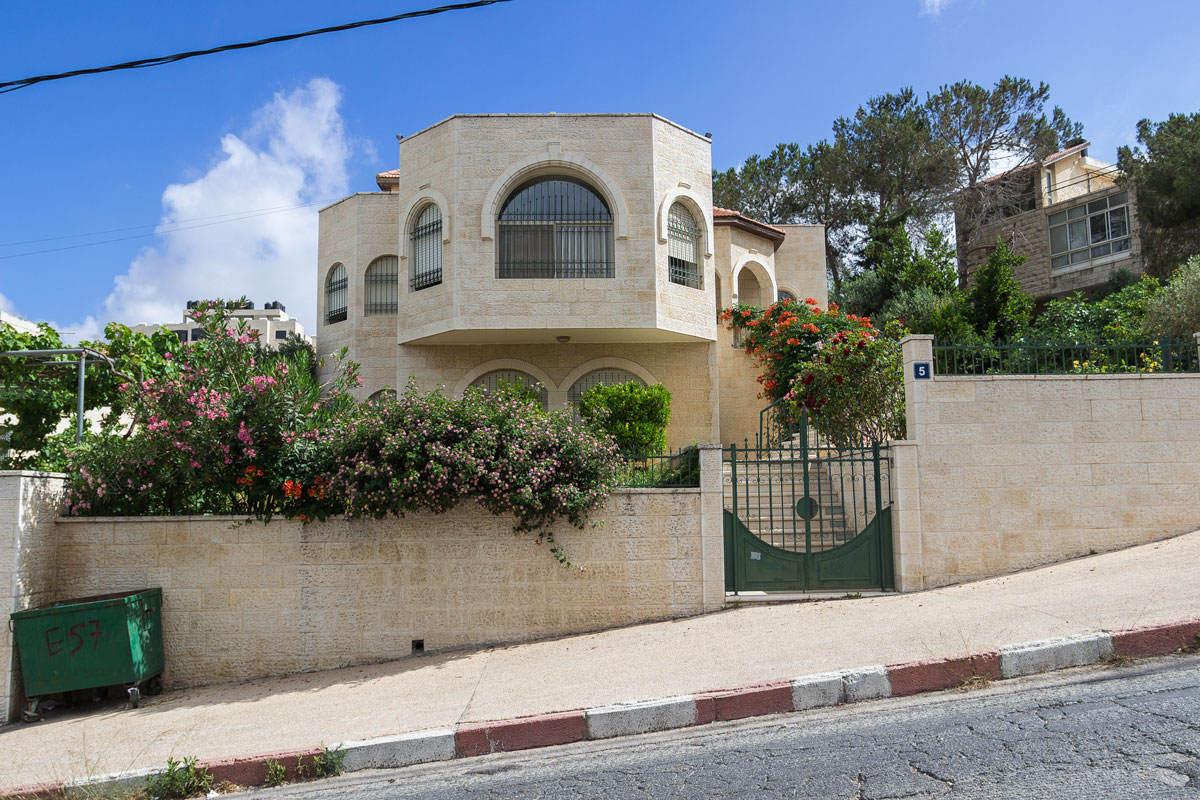

However, there can’t be any decent transportation in any Arab country. Palestinians travel on yellow minibuses that strikingly resemble Russian ones.
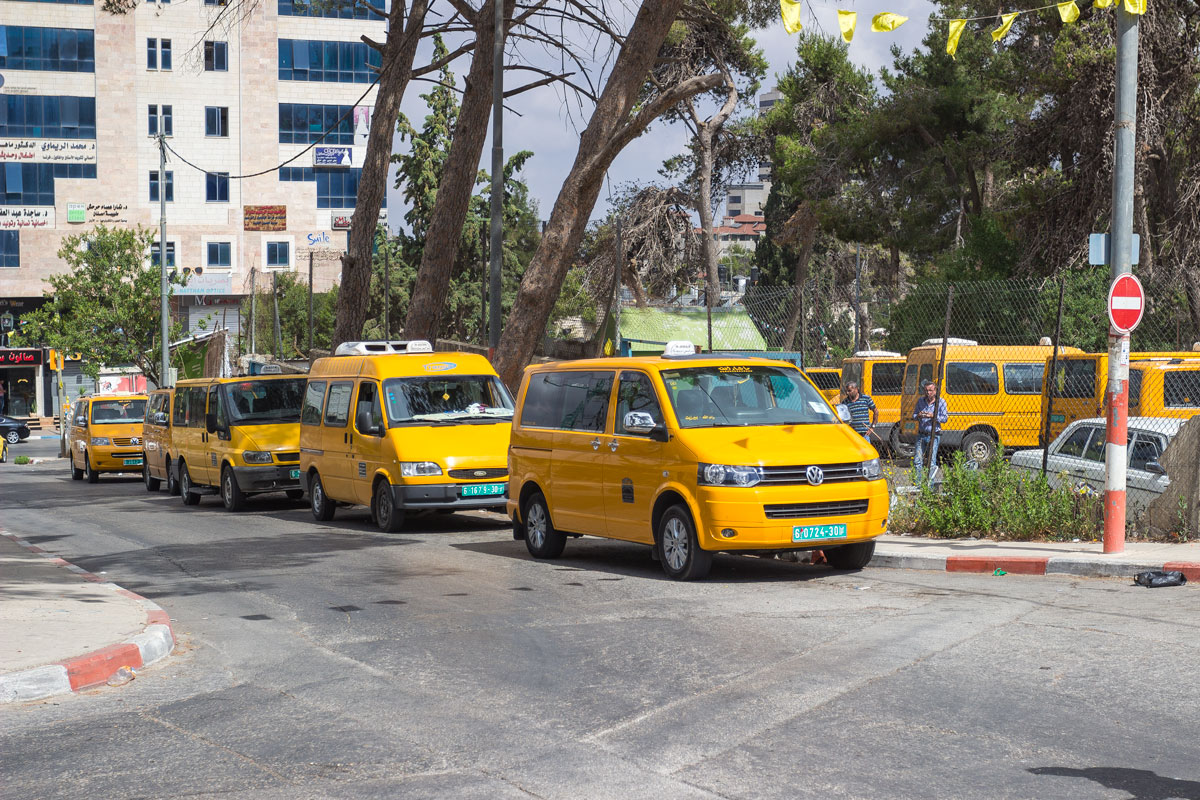
In Israel, such minibuses are called “sherut,” while in Palestine they are called “serveesee.” They say that if you mix up the names and say “sherut” to a Palestinian, the driver might react slightly offended.
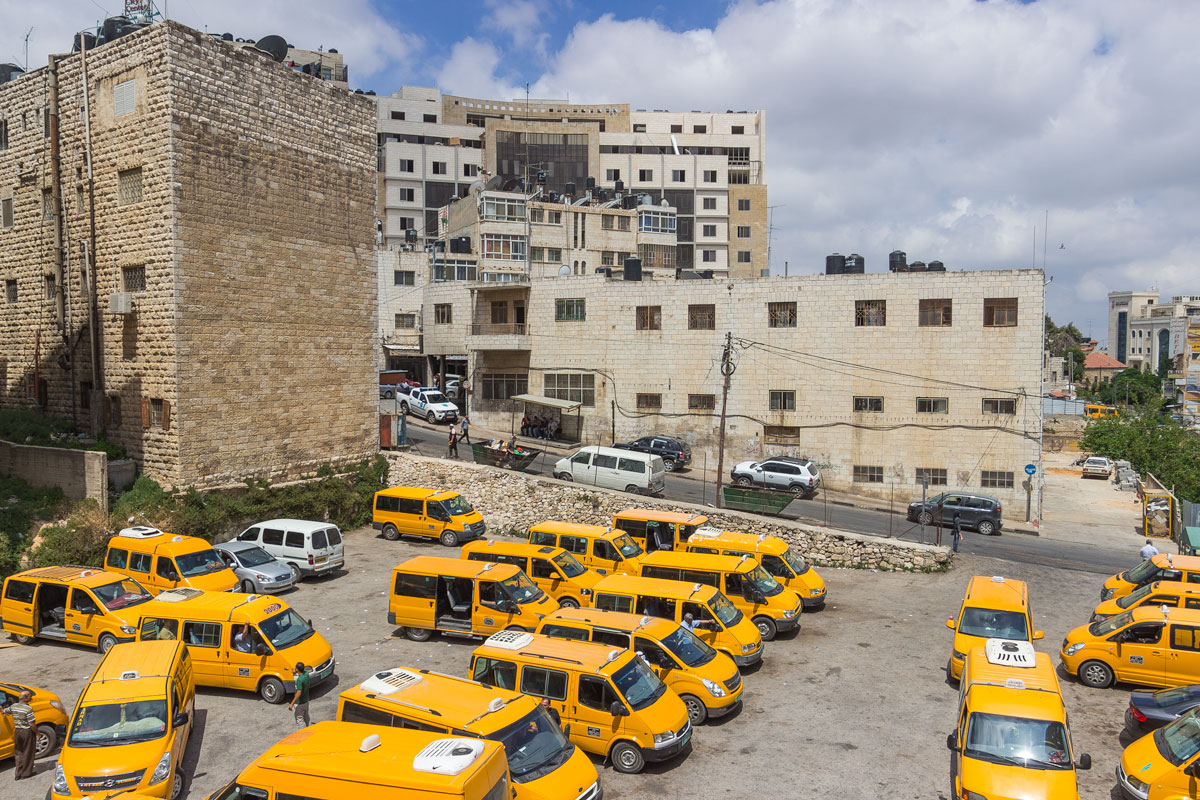
The same water tanks, but black in color, are placed on the roofs of Arab houses. This is a very distinctive feature: poor Palestinians cannot afford solar-powered heaters. Therefore, the water collected in the tanks is heated solely by the sun, and the black color aids better heating. Although this rule is gradually diminishing, as many Arab roofs now have similar heaters installed.
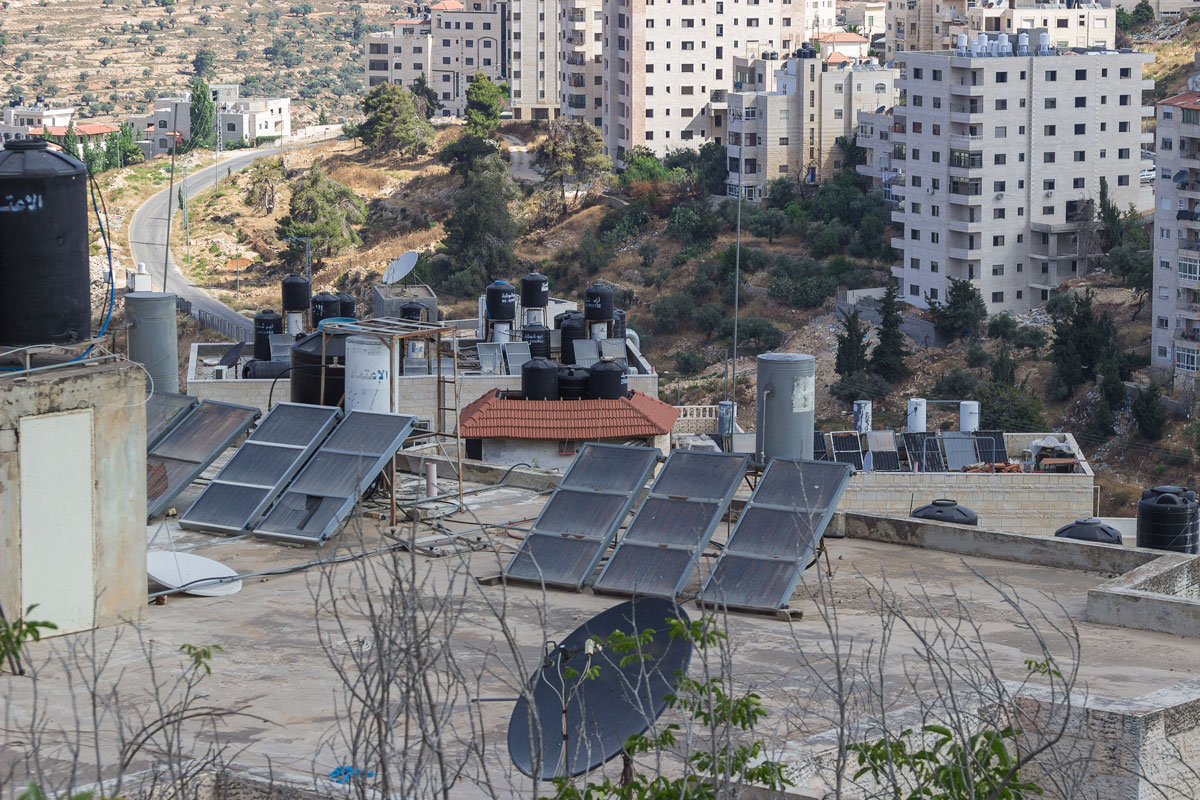
In Ramallah, many women wear abayas. After all, it is a Muslim city, and Islam is the state religion of Palestine. However, Ramallah strives to be a tolerant city. There are no strict religious rules here, and women can dress in knee-length dresses or jeans. A few years ago, the mayor of the city was also a Christian woman.
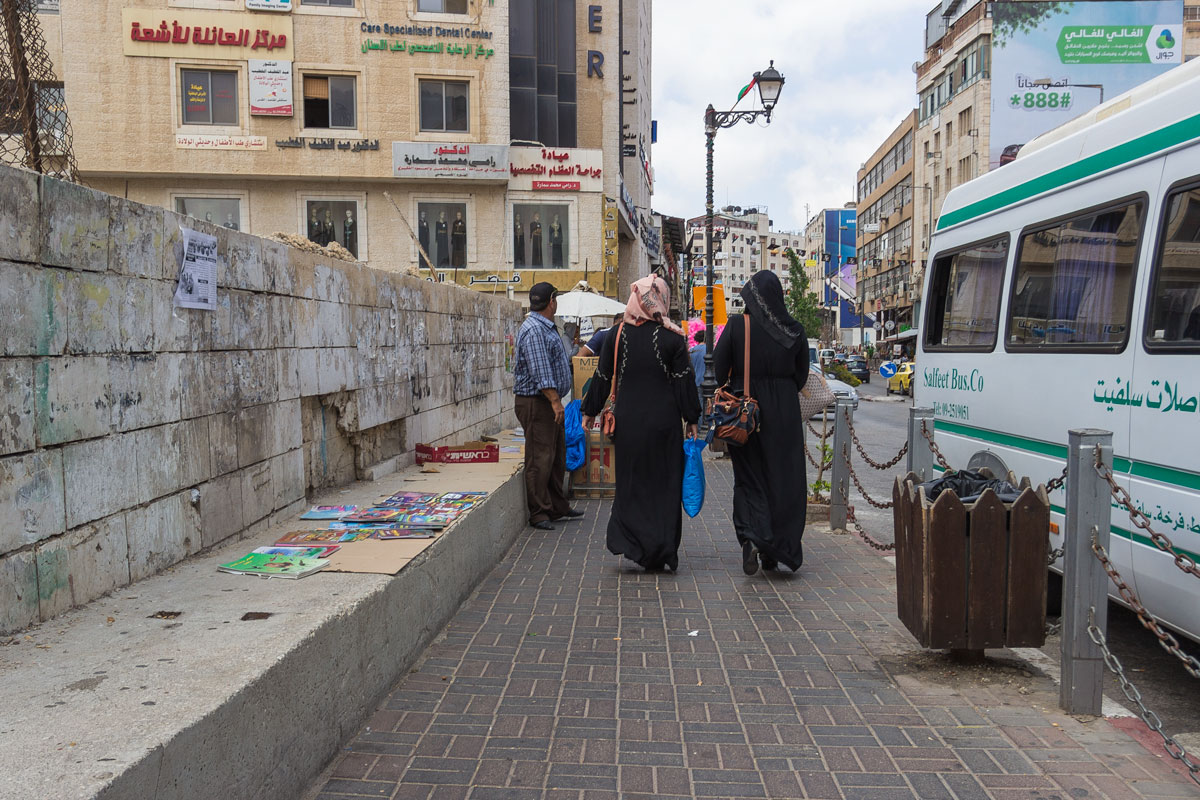
There is precisely one landmark in Ramallah — the mausoleum of Yasser Arafat. Oh, how familiar that name is from the news of the 1990s! Even those who know nothing about this person must have heard his name or at least the name of the headgear — keffiyeh, commonly known as an “Arafat scarf” — a simple Arab headdress that Arafat wore on his head in a distinctive way.
Politically neutral articles state that the life of Yasser Arafat will always receive conflicting assessments, as he is seen as a fighter for independence by some, while others view him as a bitter enemy and terrorist. Oh yes, the life of any killer with significant political weight will always be perceived in a contradictory manner.
Nevertheless, for Palestinians, Arafat is practically the father of the nation, who established the Palestinian National Authority, providing a semblance of statehood on this occupied territory.
The mausoleum of Arafat is a faceless stone cube in the architectural traditions of the Middle East.

Inside, there is a tomb with two soldiers, who even slightly react to the events around them and nod in response.
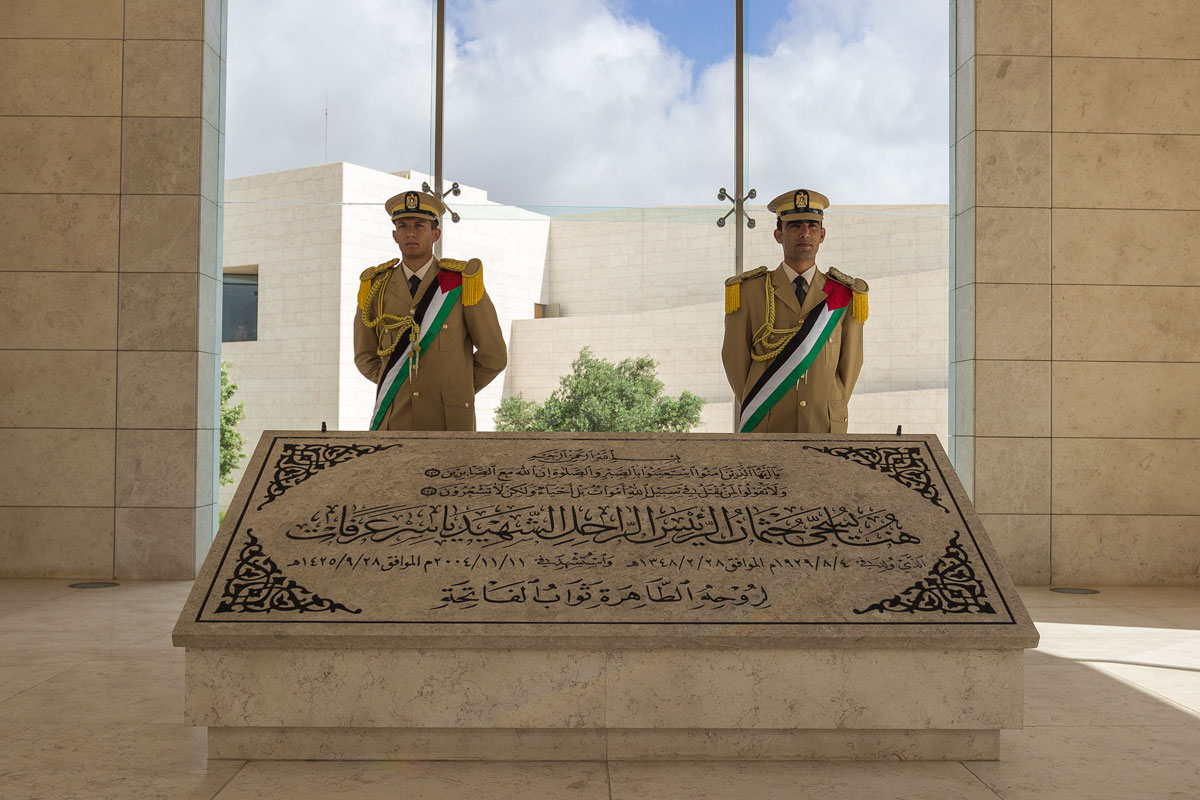
Apart from this mausoleum, there is nothing else to see in Ramallah.

This city is solely for getting acquainted with Palestine from a distance.
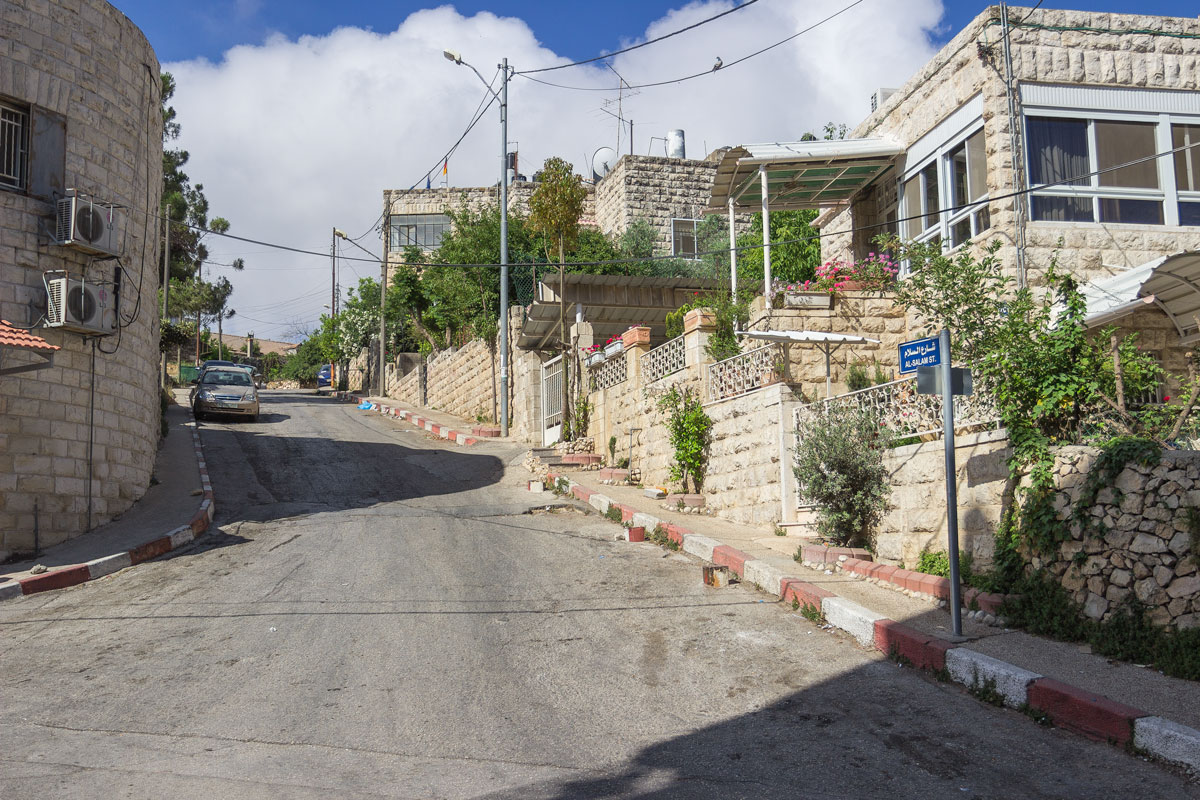
Well, there are also views to see. Although you can find plenty of them throughout Israel.
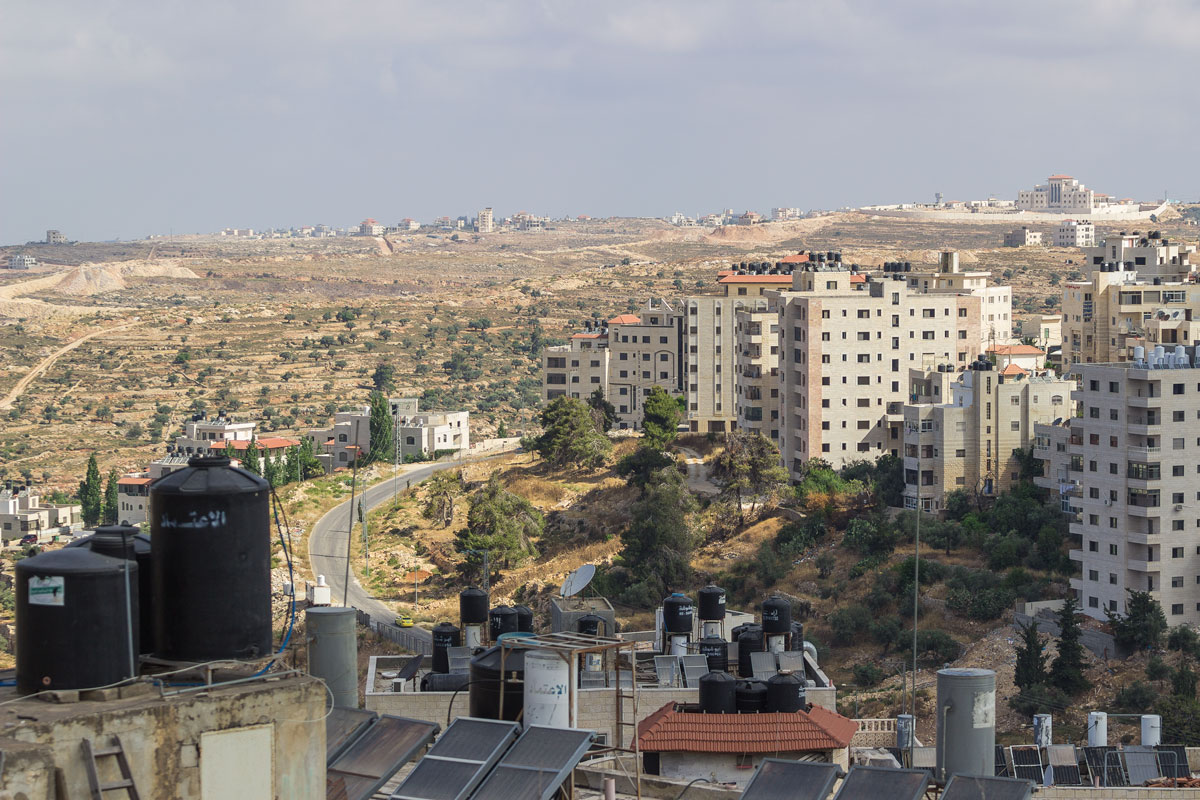
Ramallah lives its own life, not particularly interesting. Useless clutter is scattered on the sidewalks.
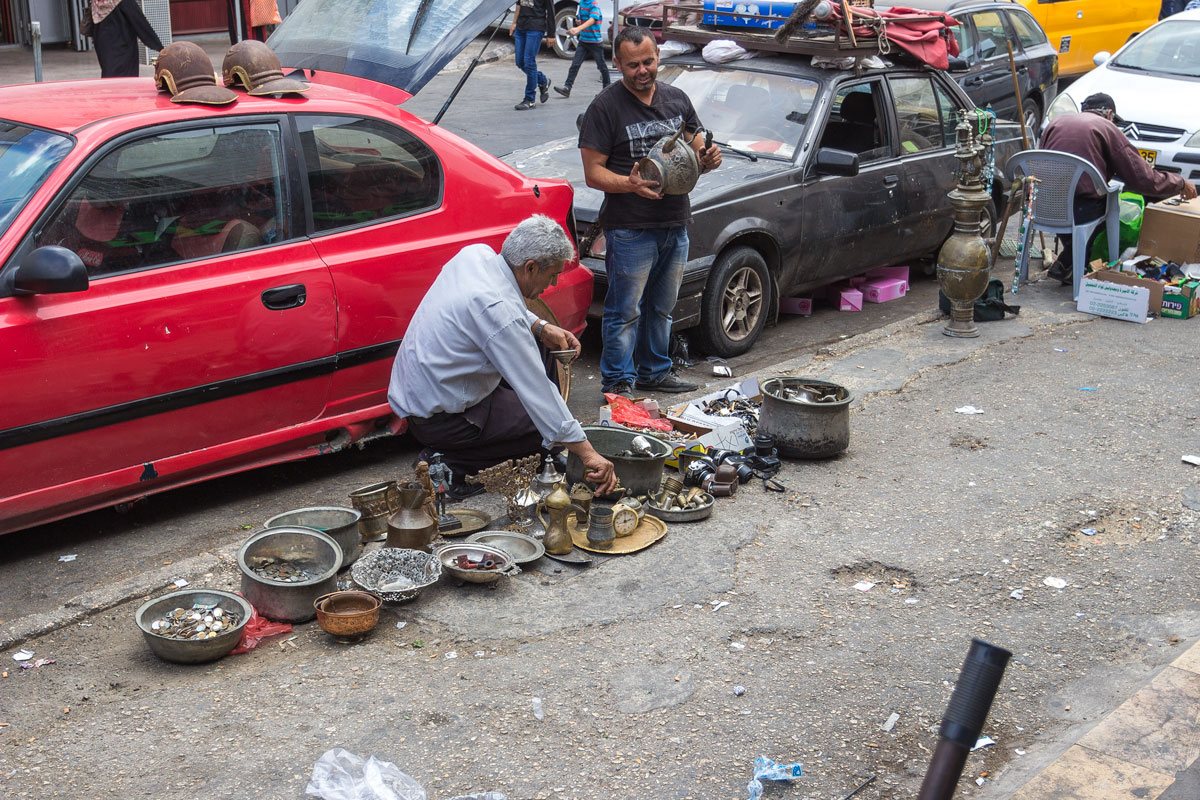
Vendors carry tea on suspended trays.

Traders pour coffee from huge coffee pots.
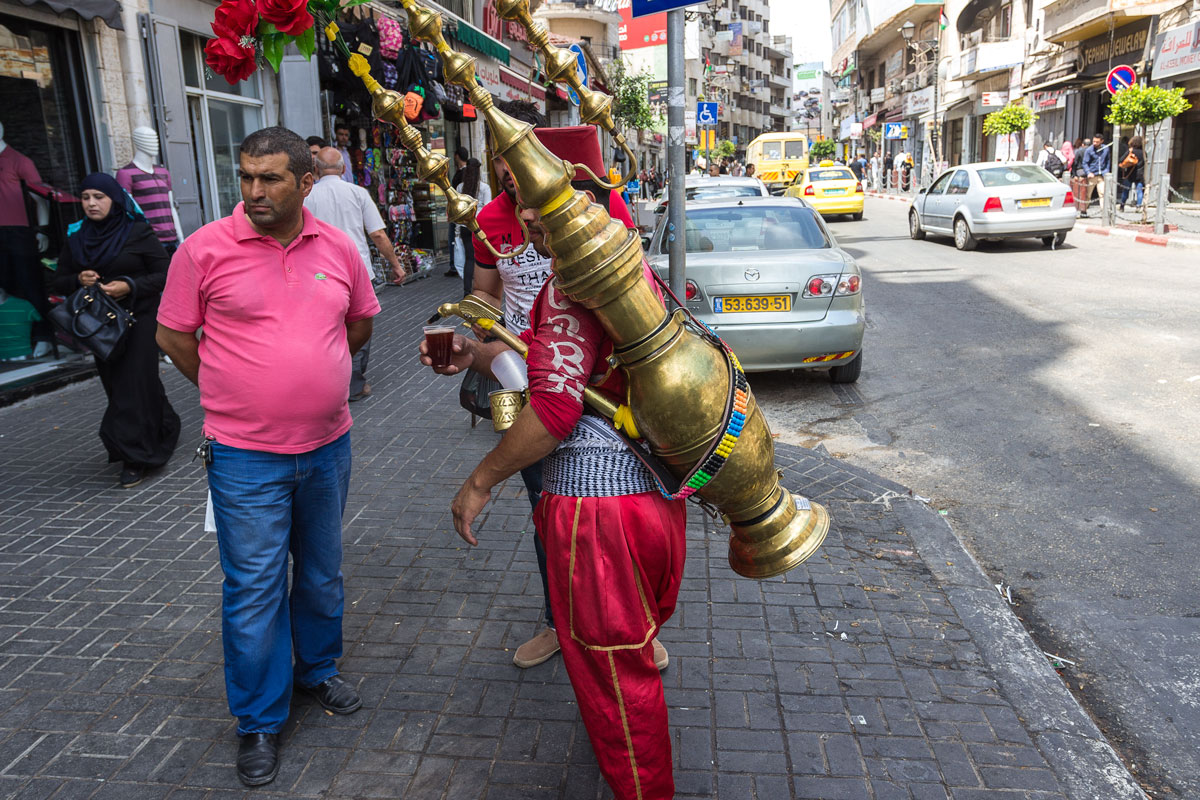
Café visitors smoke shisha.

Workers are installing a fresh street sign.
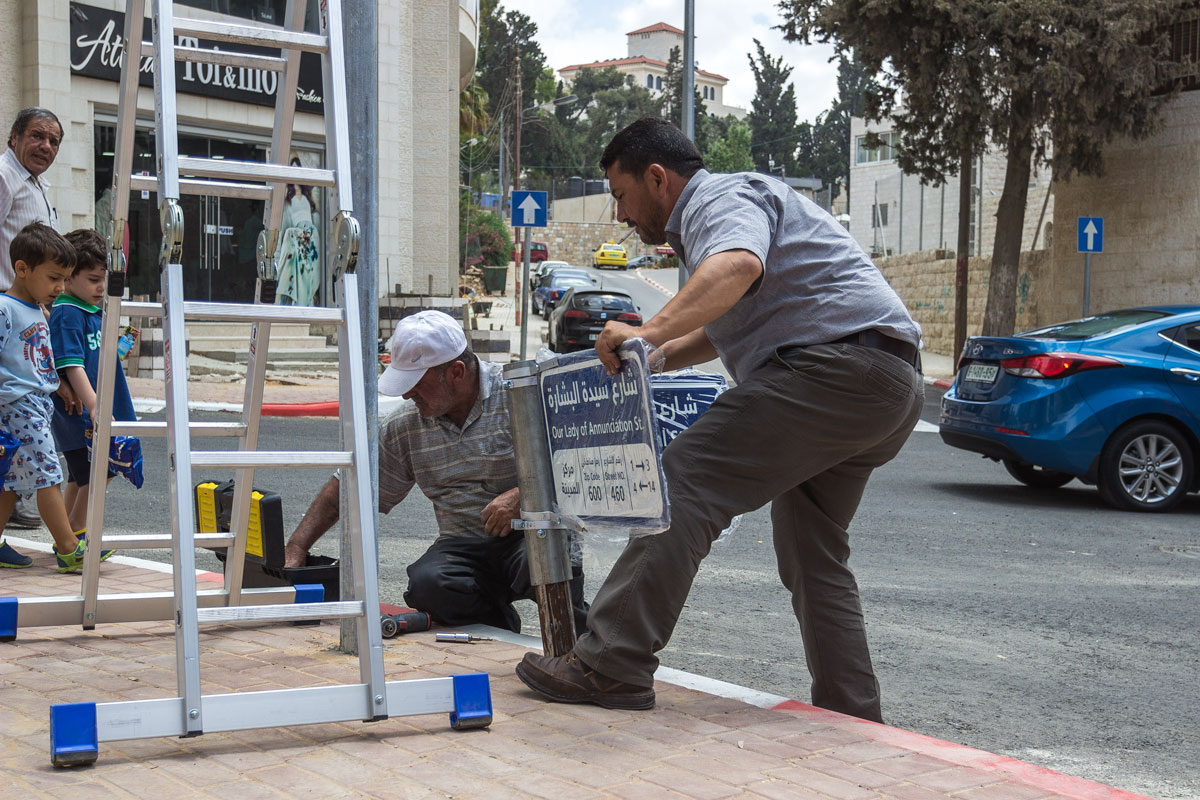
A street reporter is providing coverage to the local television channel.
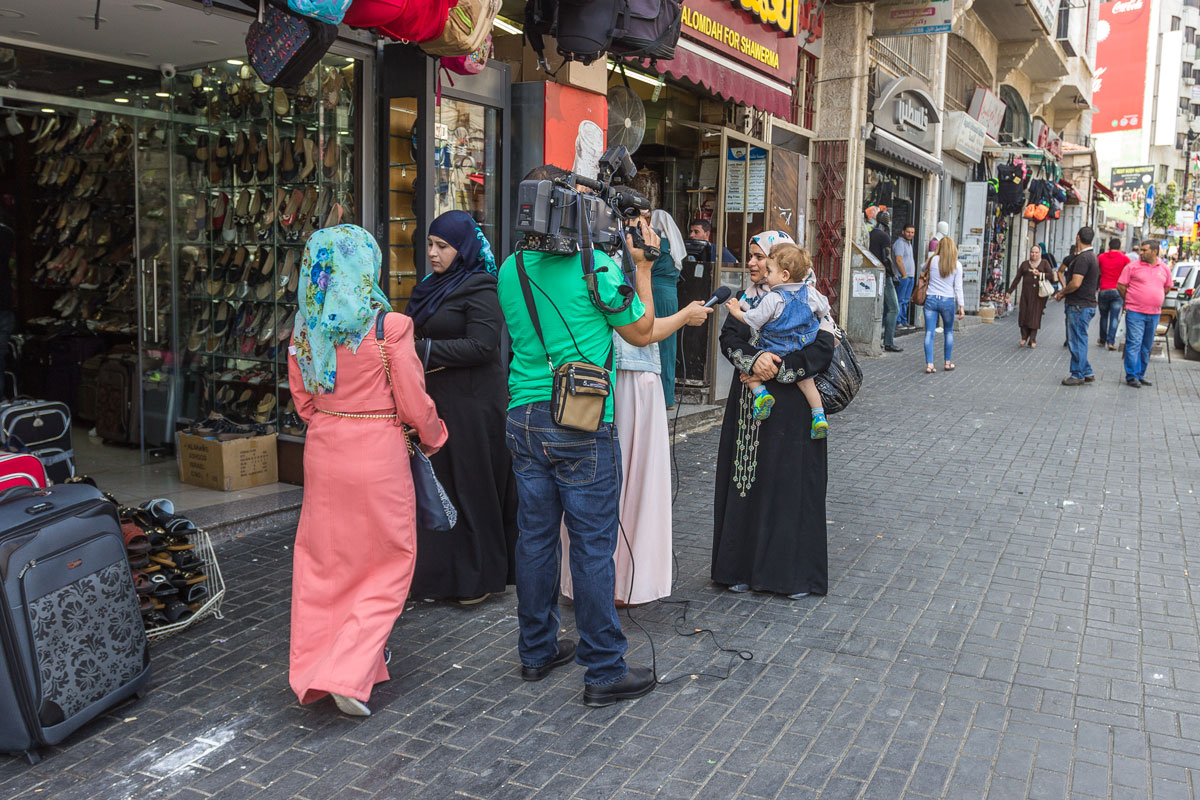
The first encounter with Palestine went well. Ahead is the second leg — Bethlehem.


